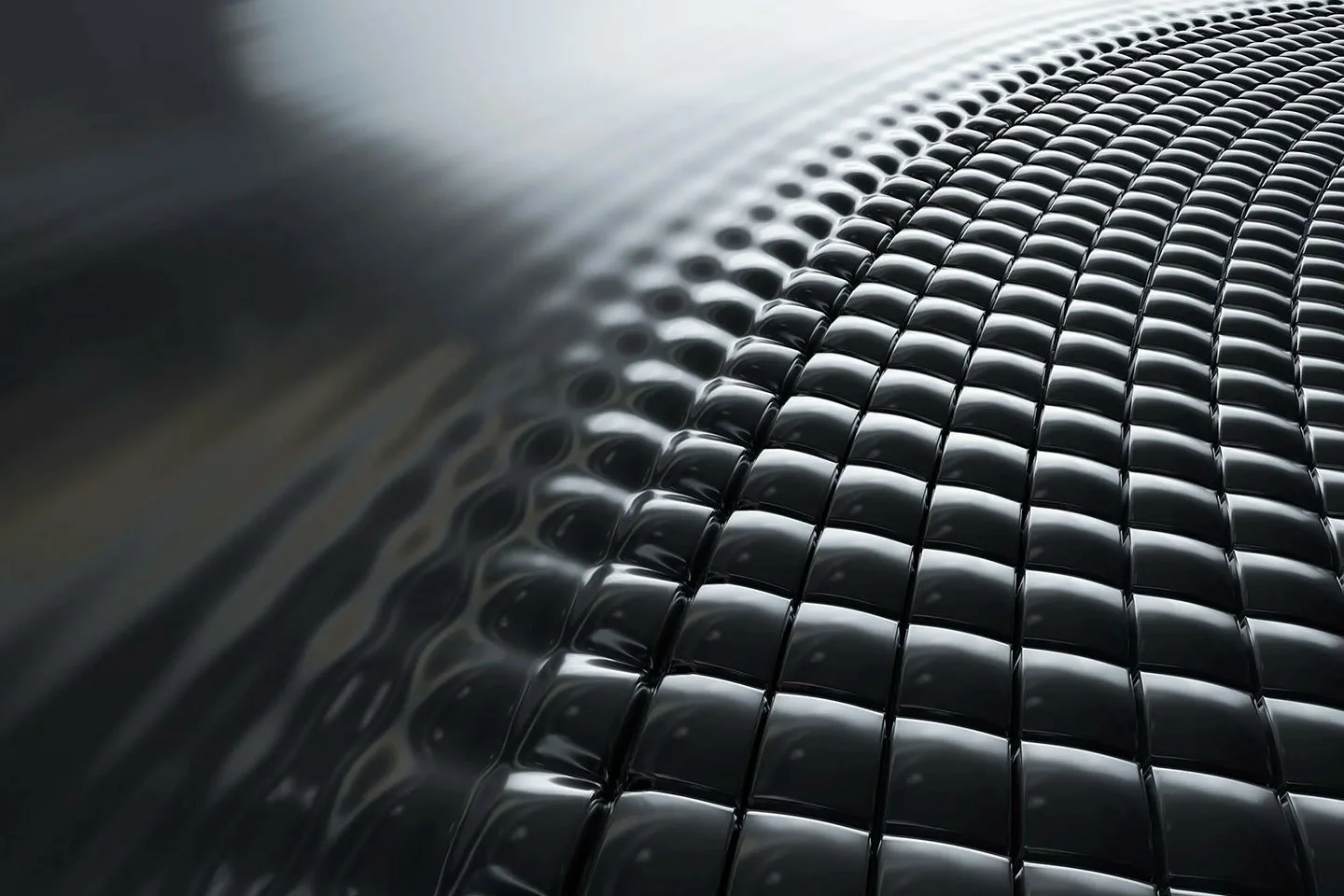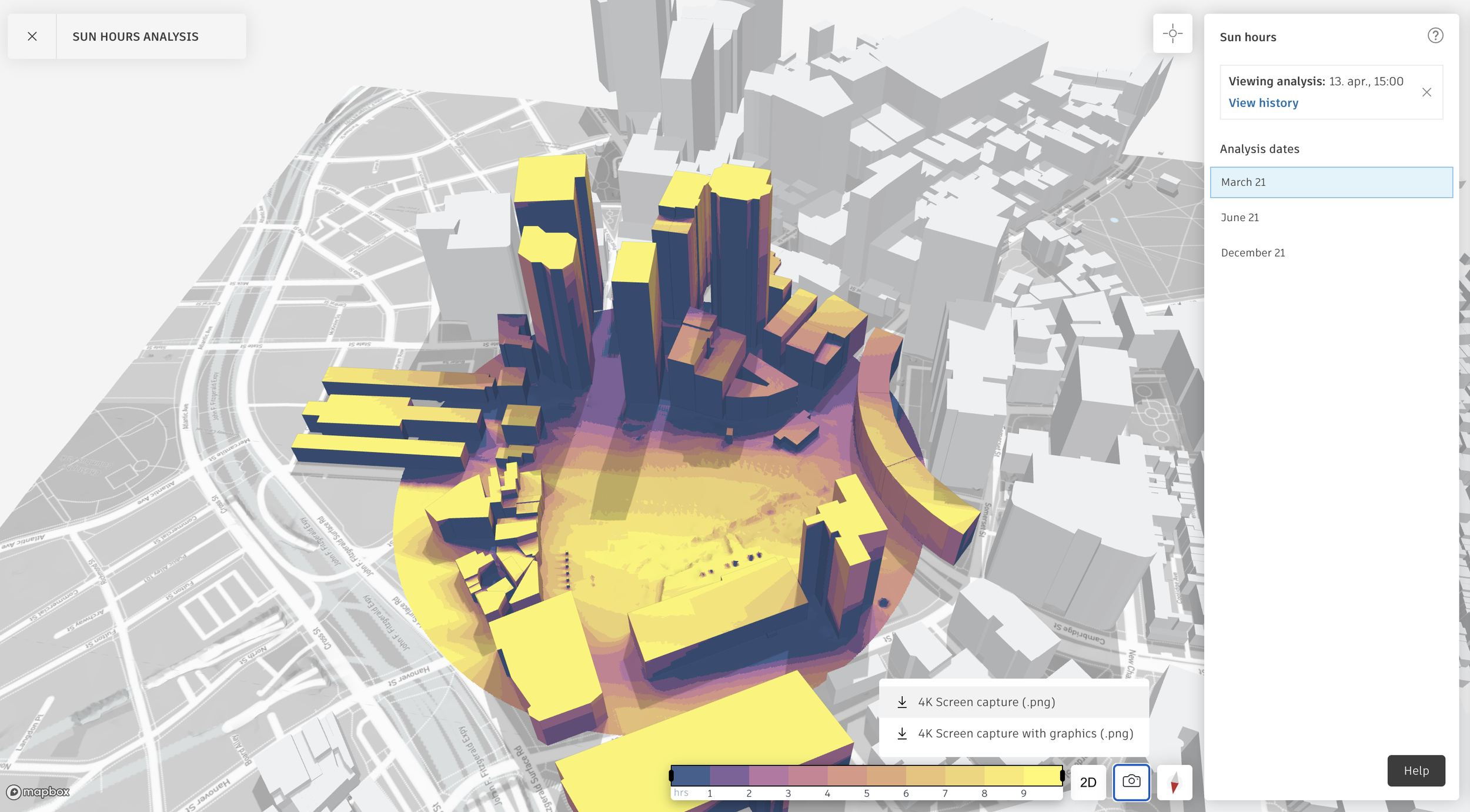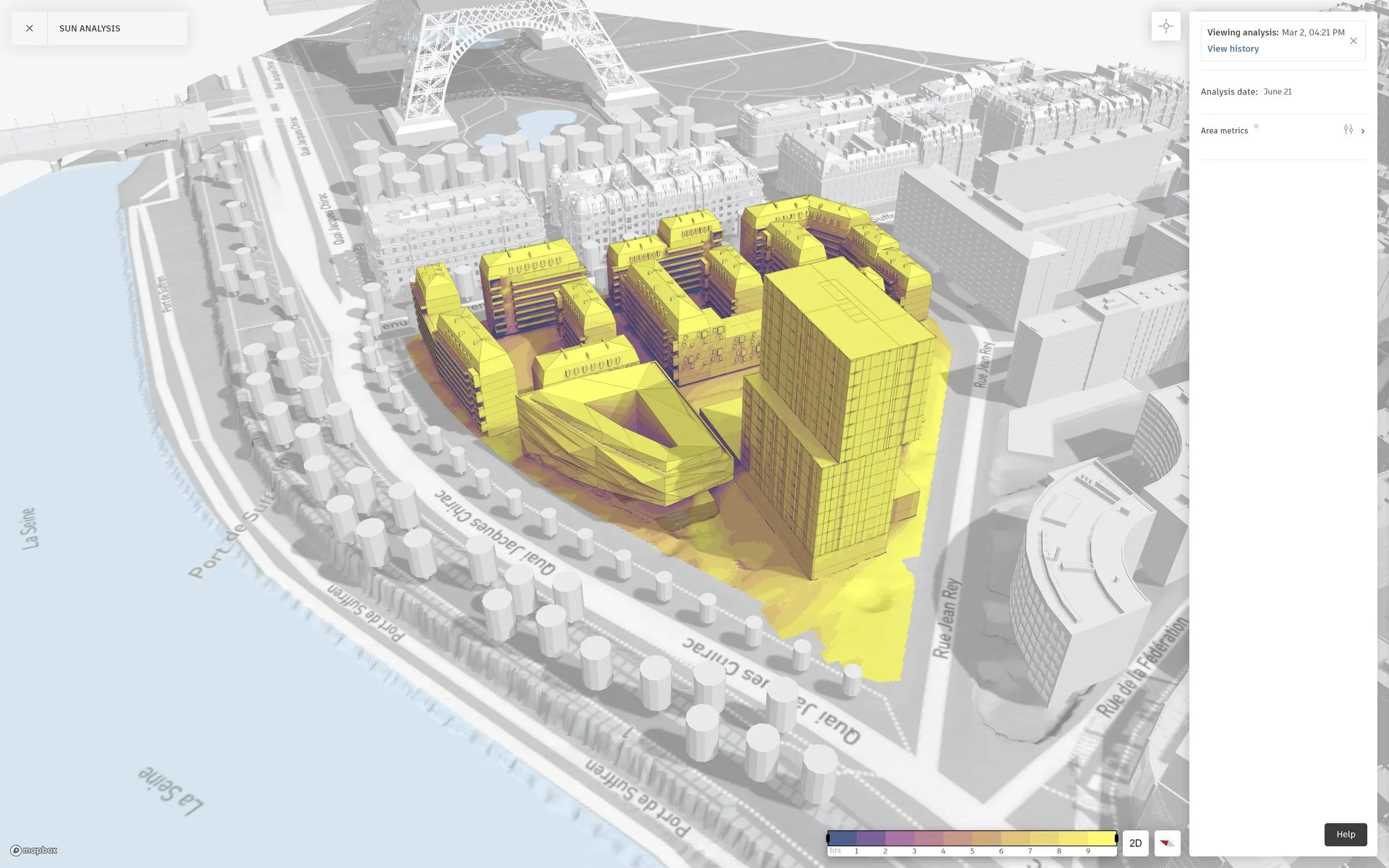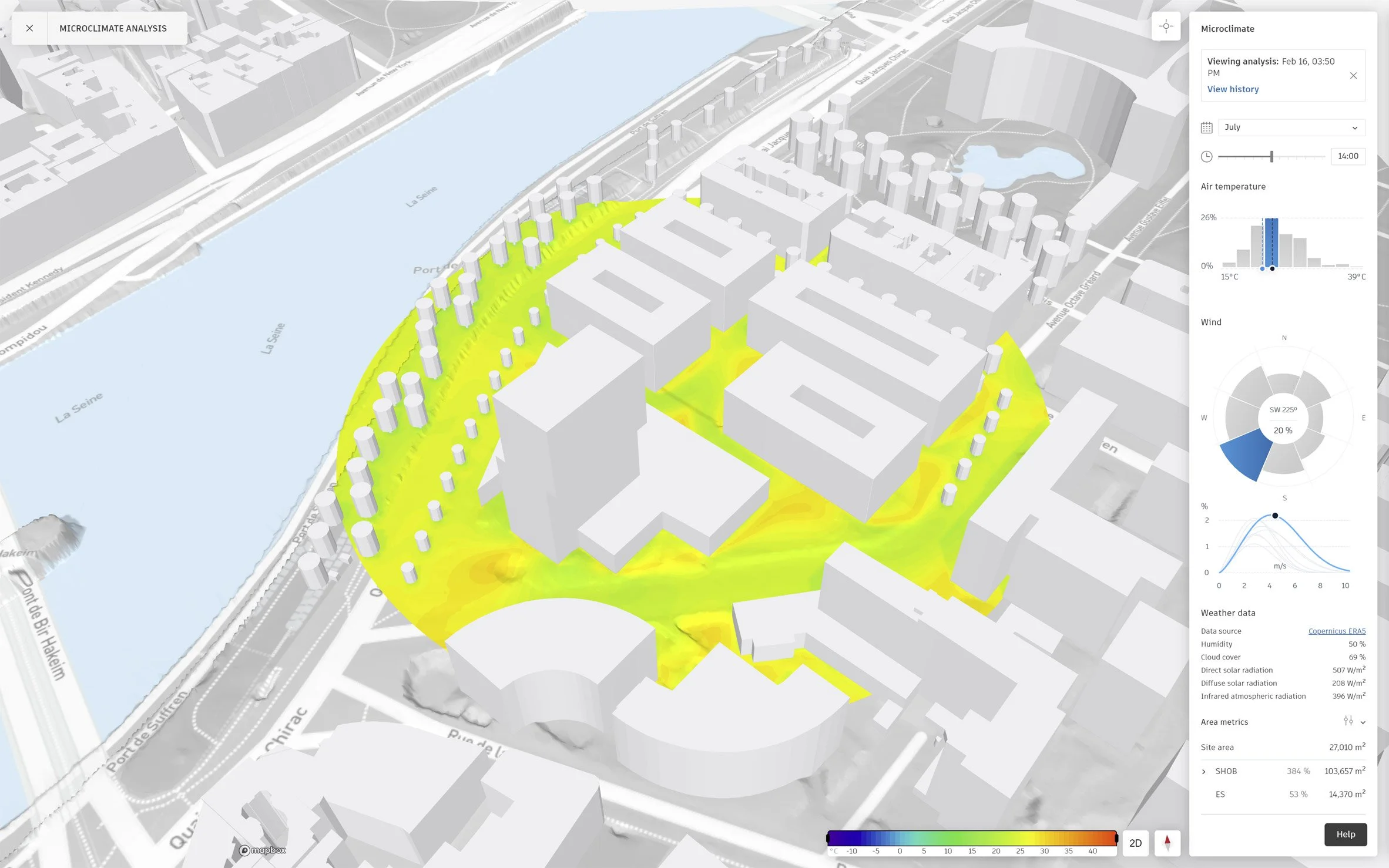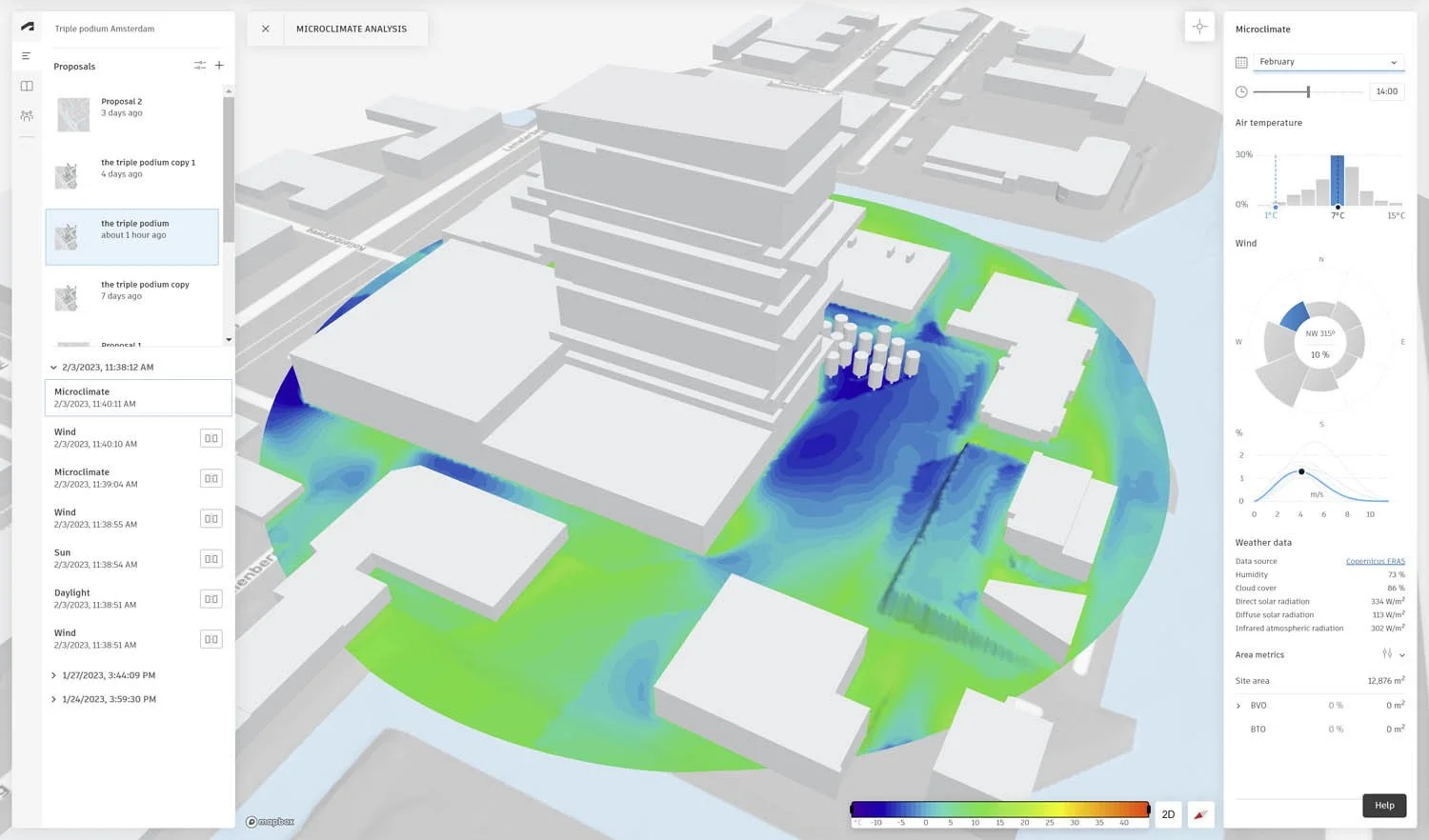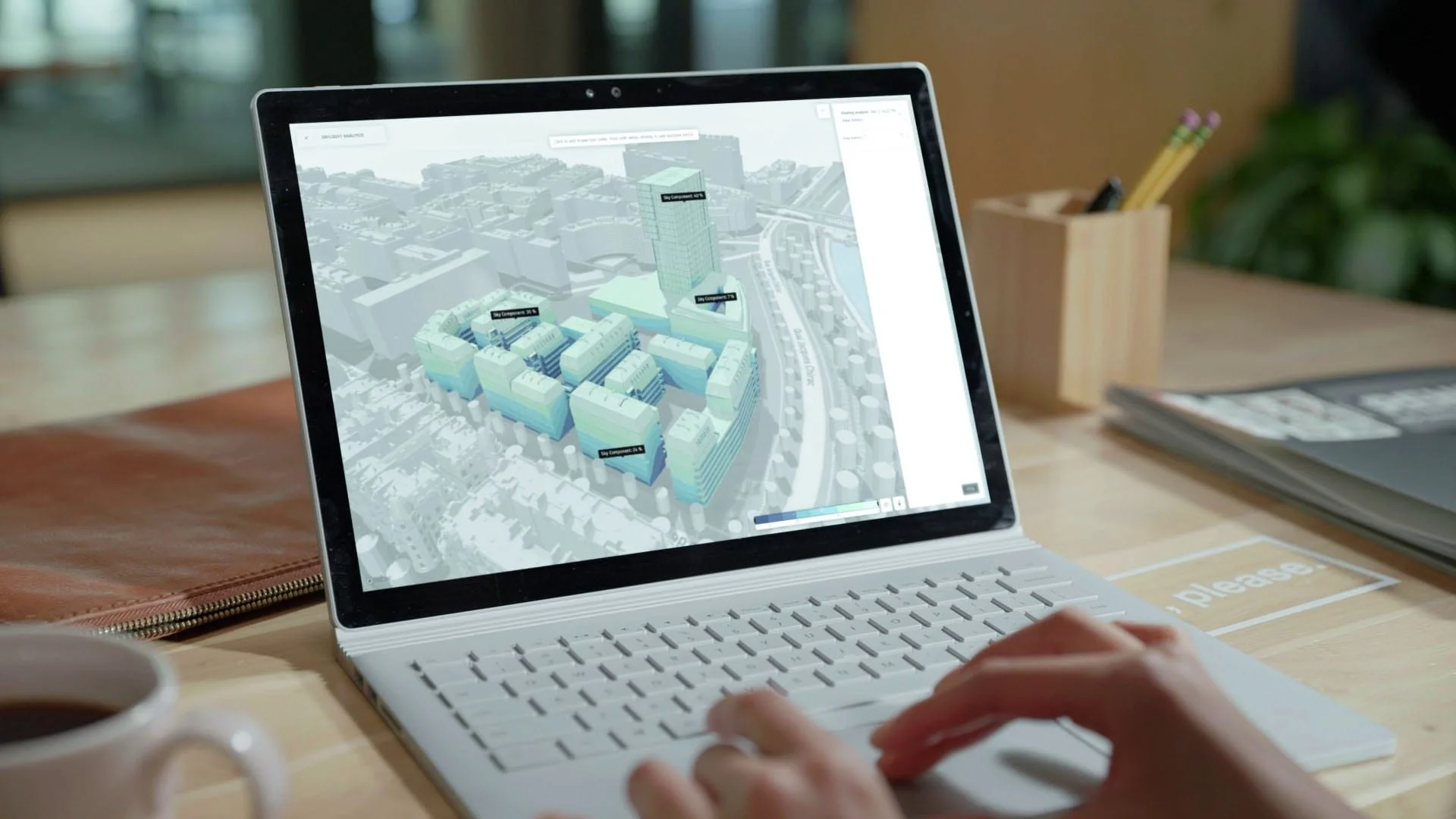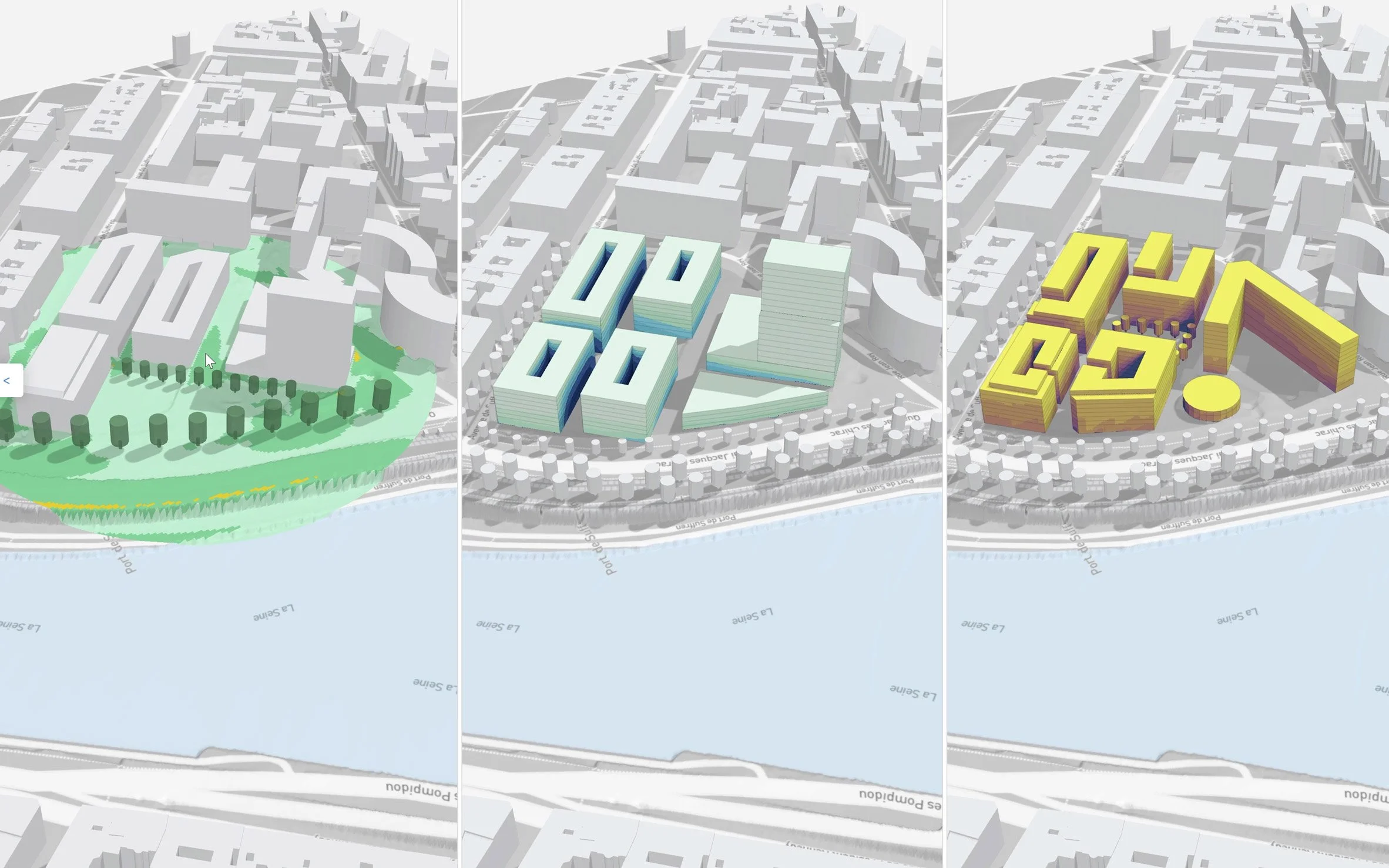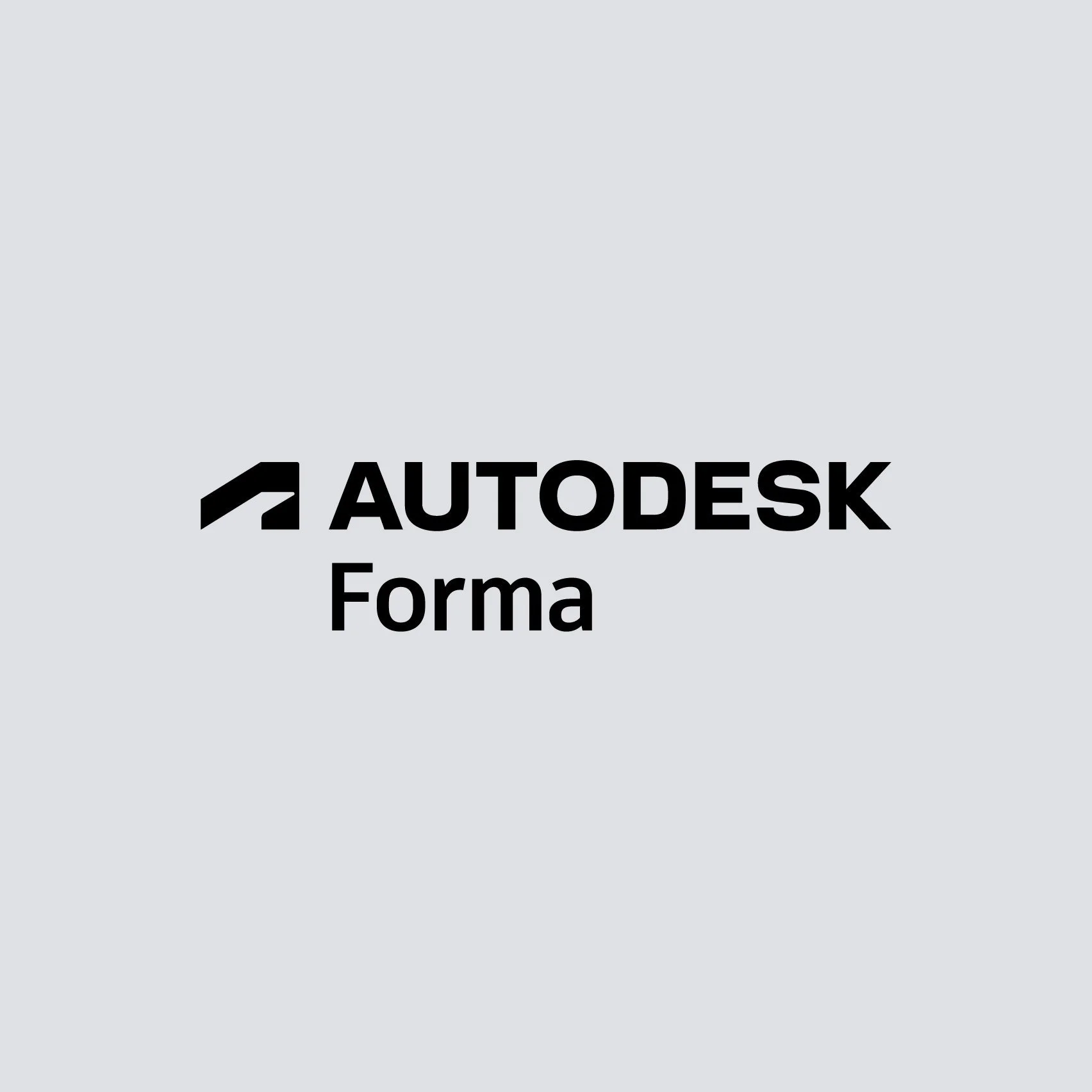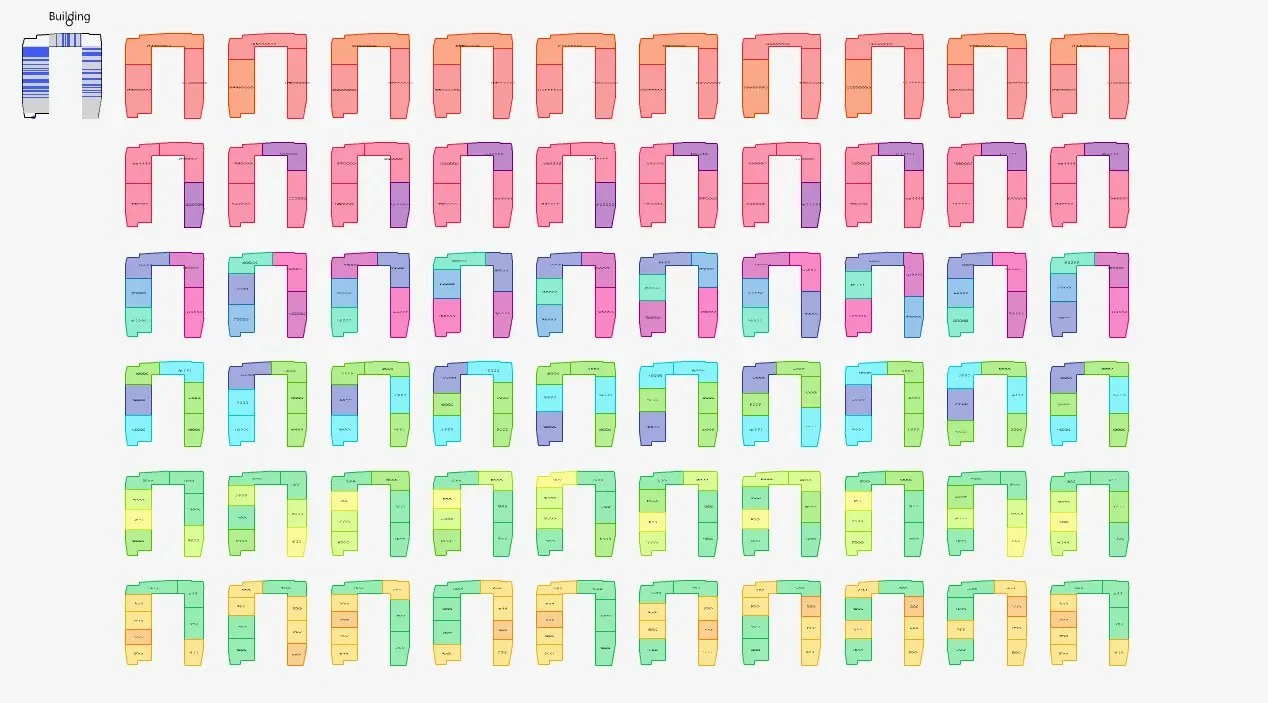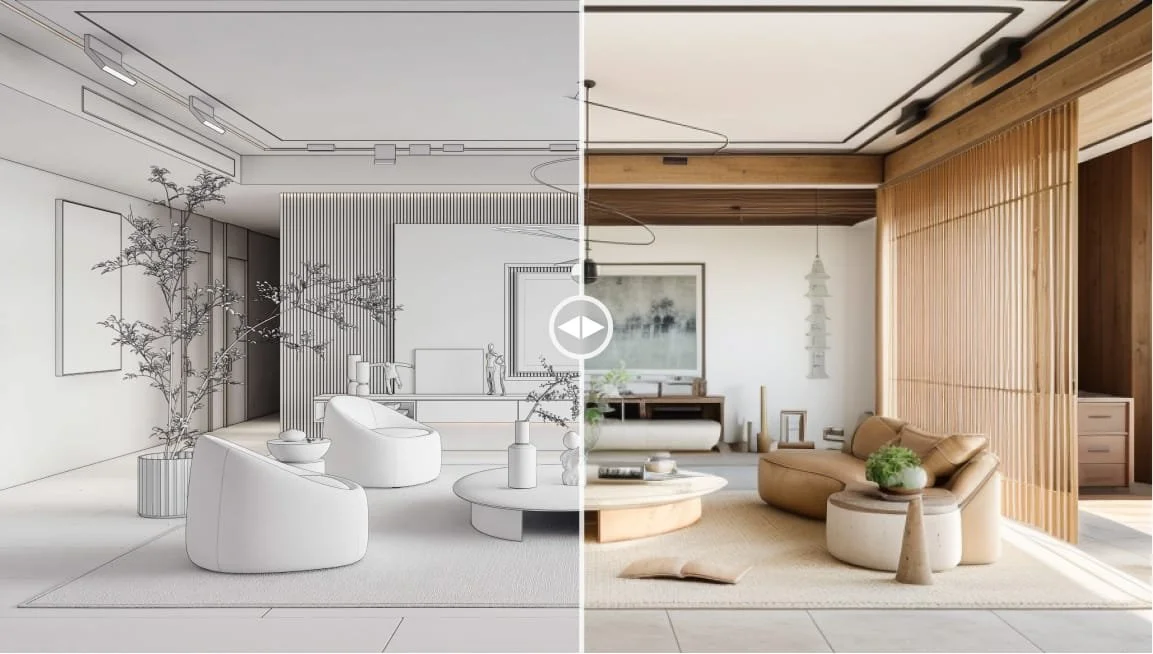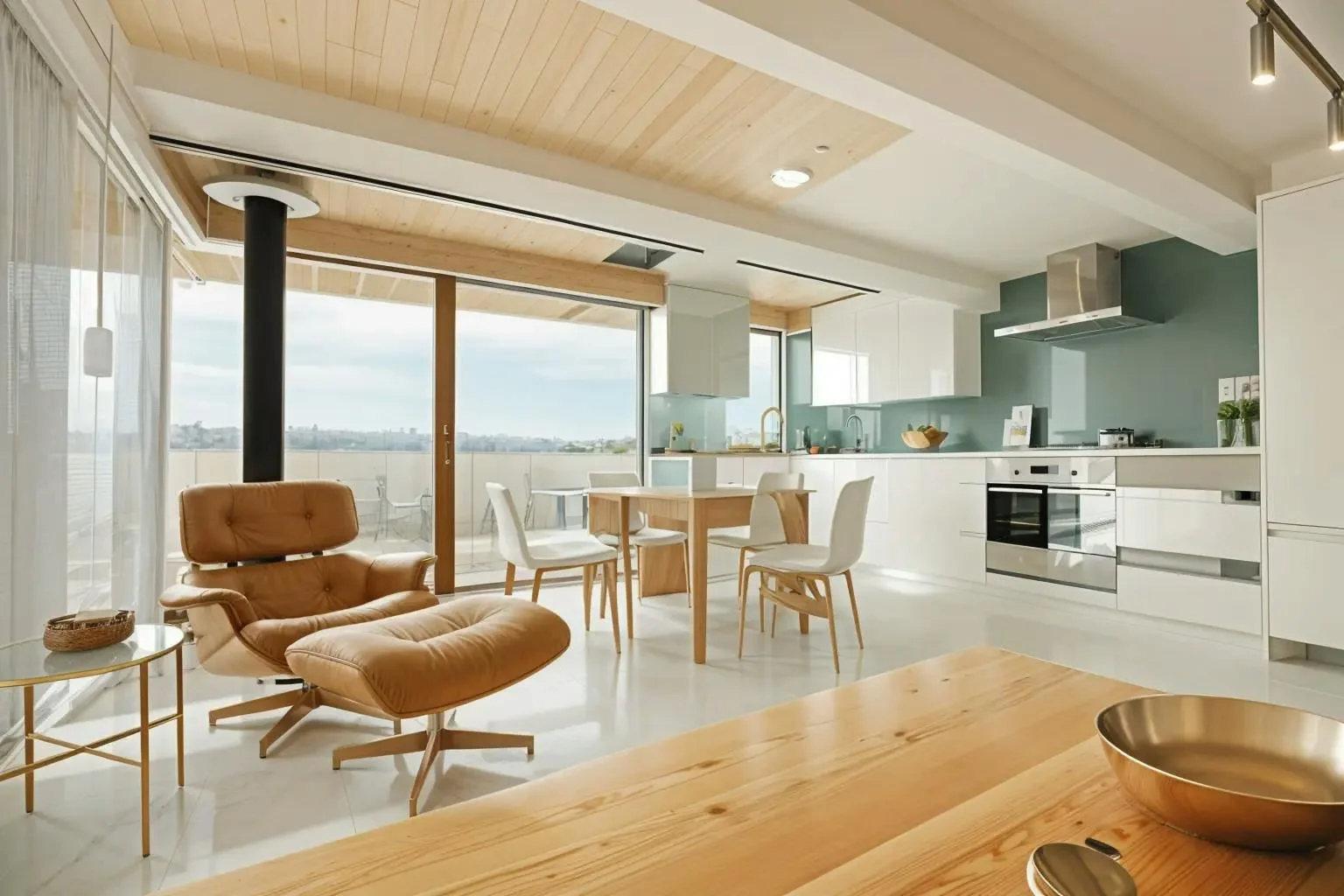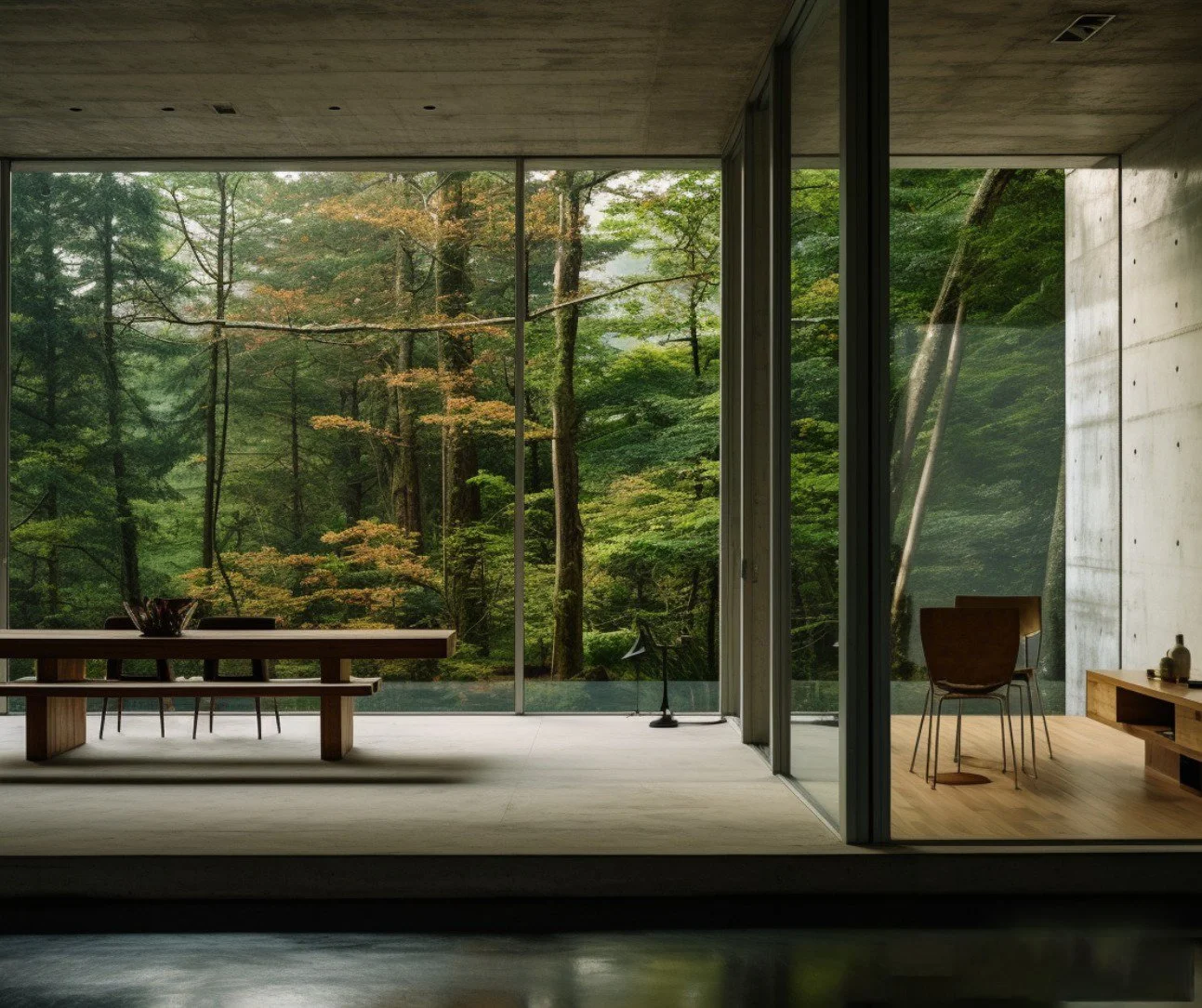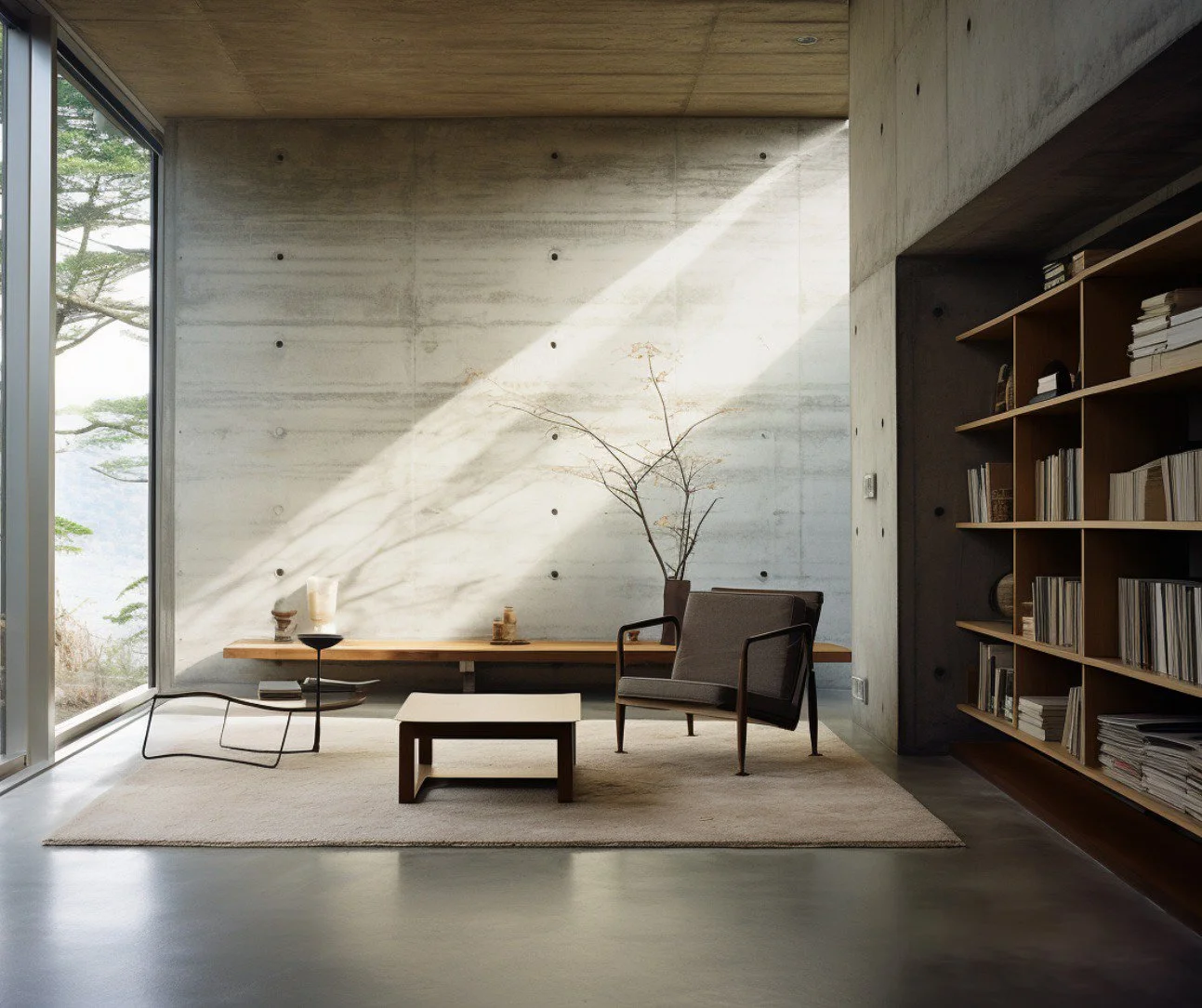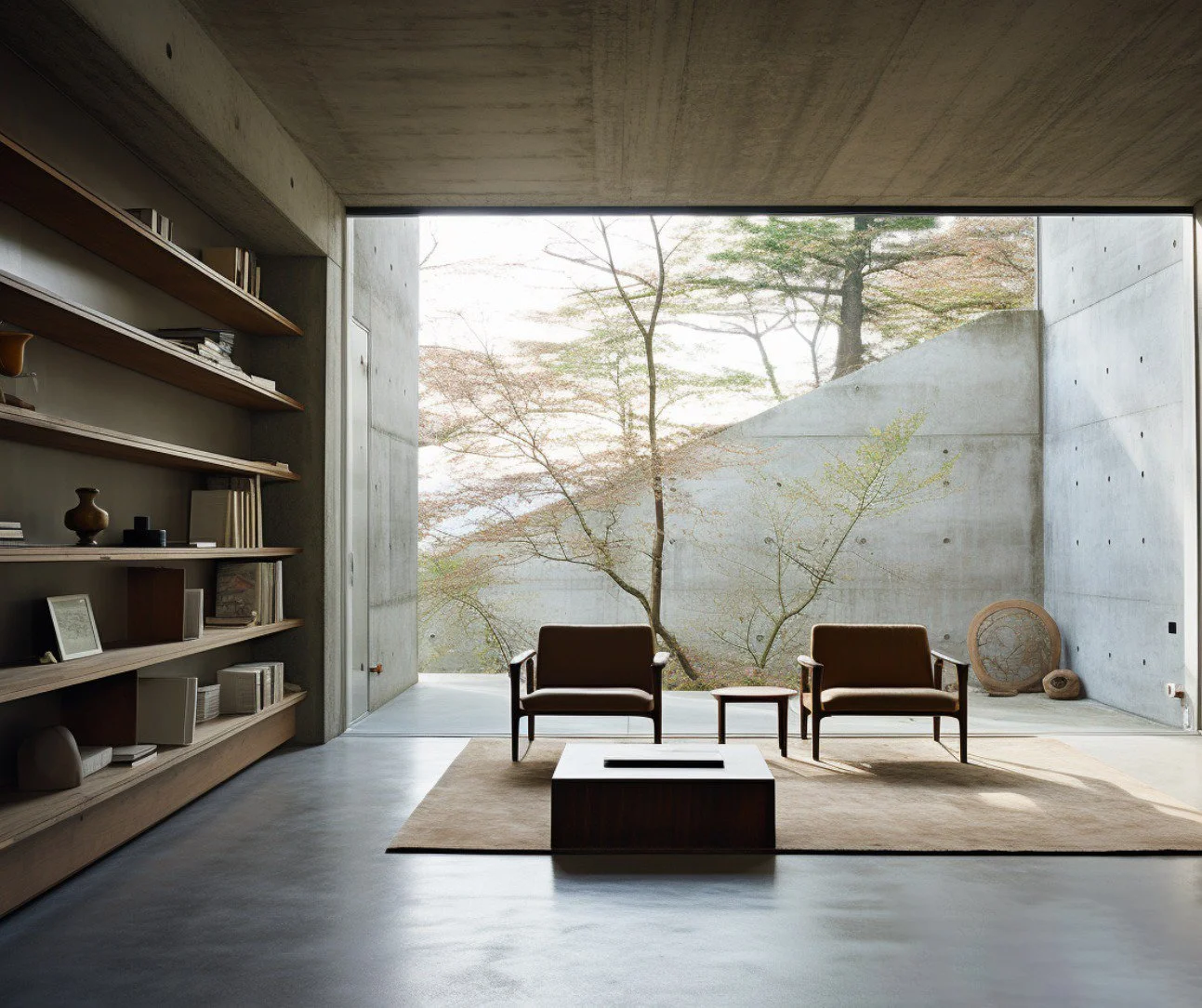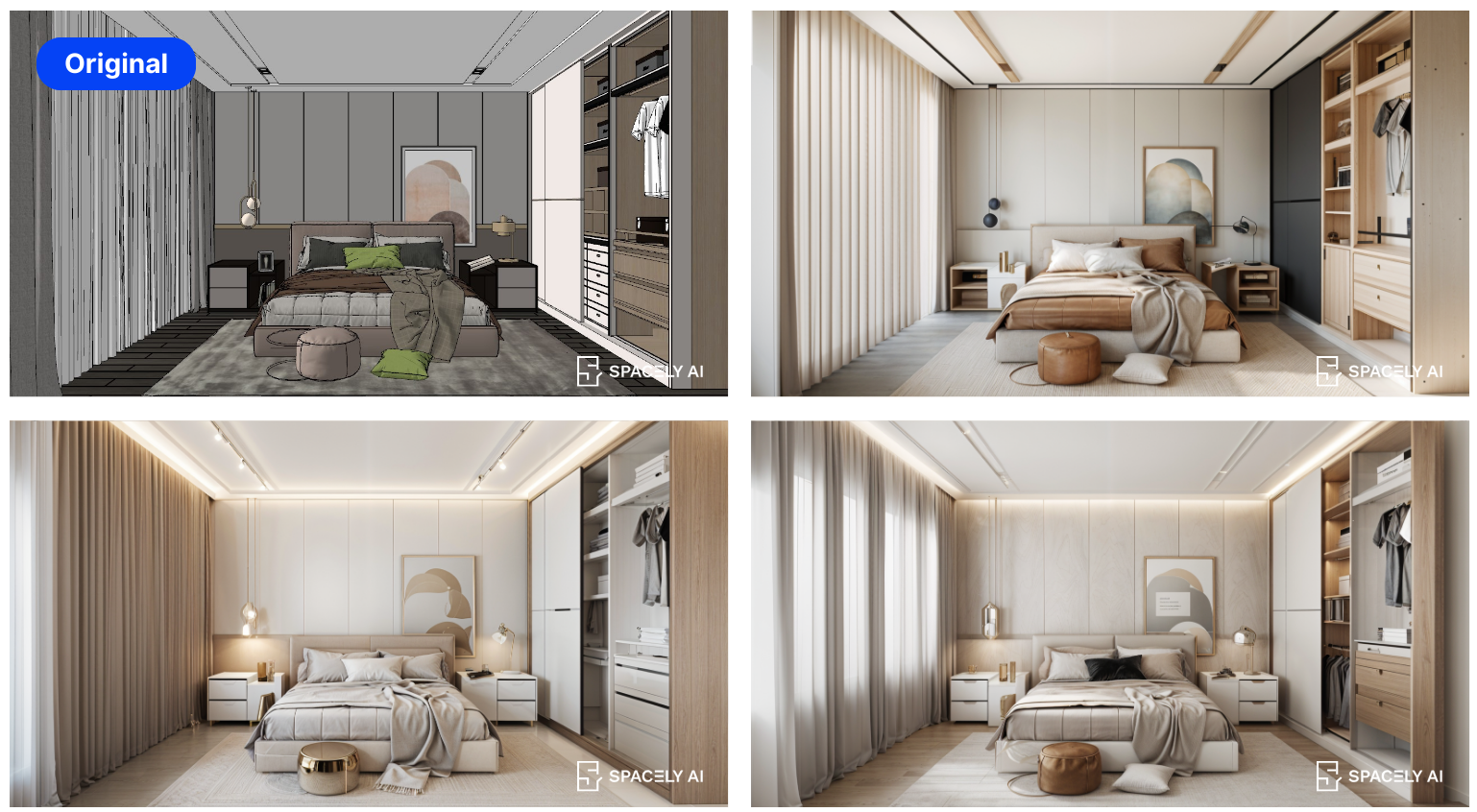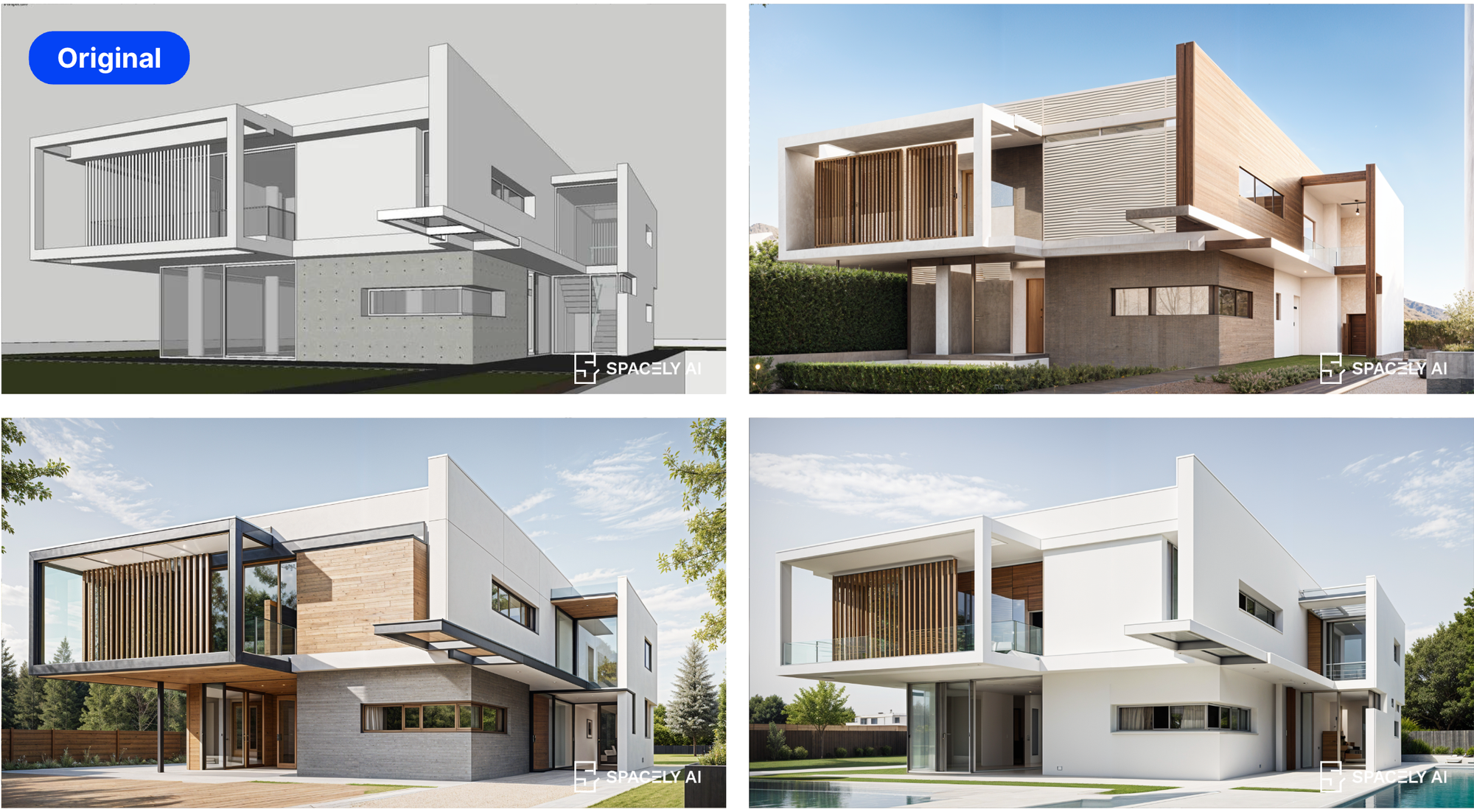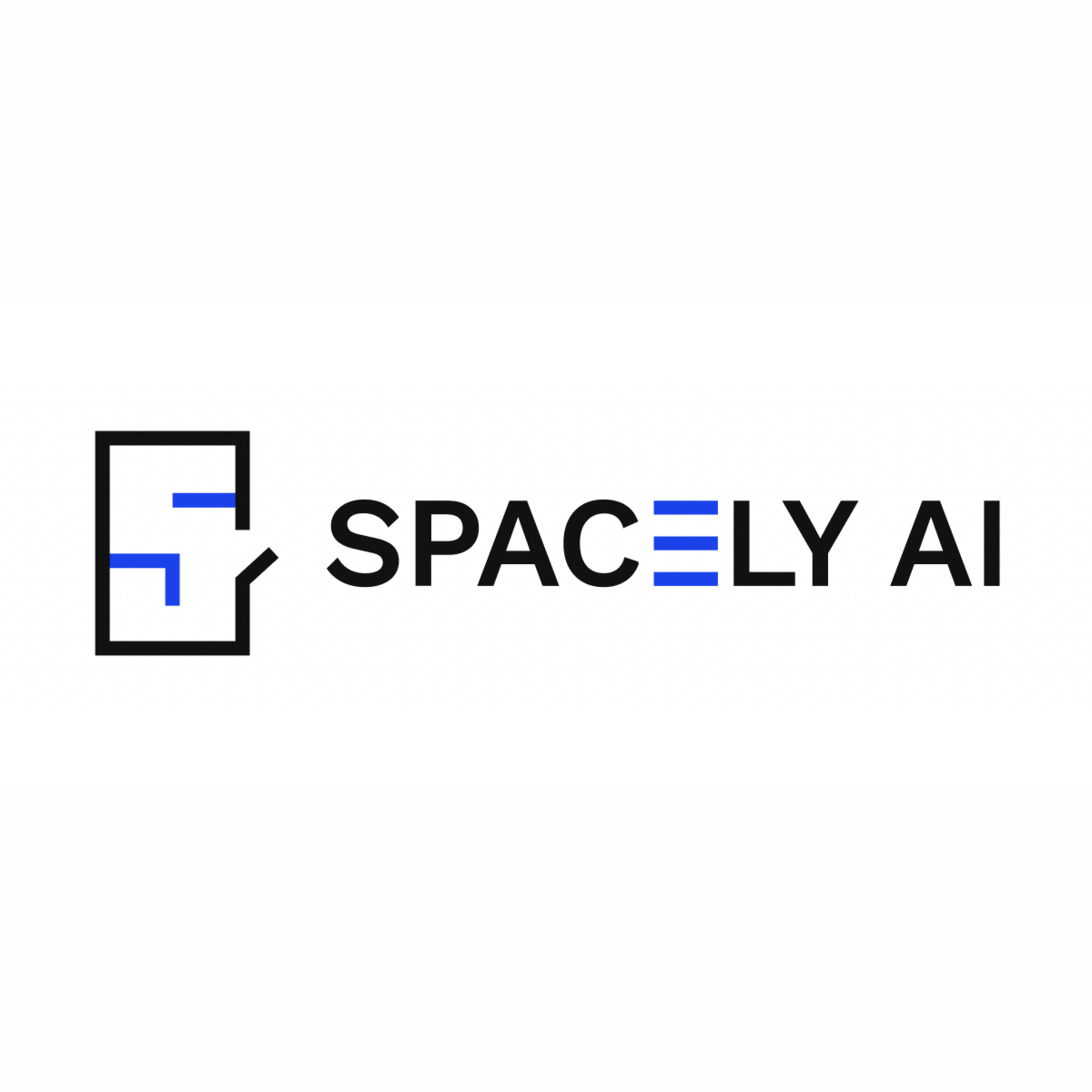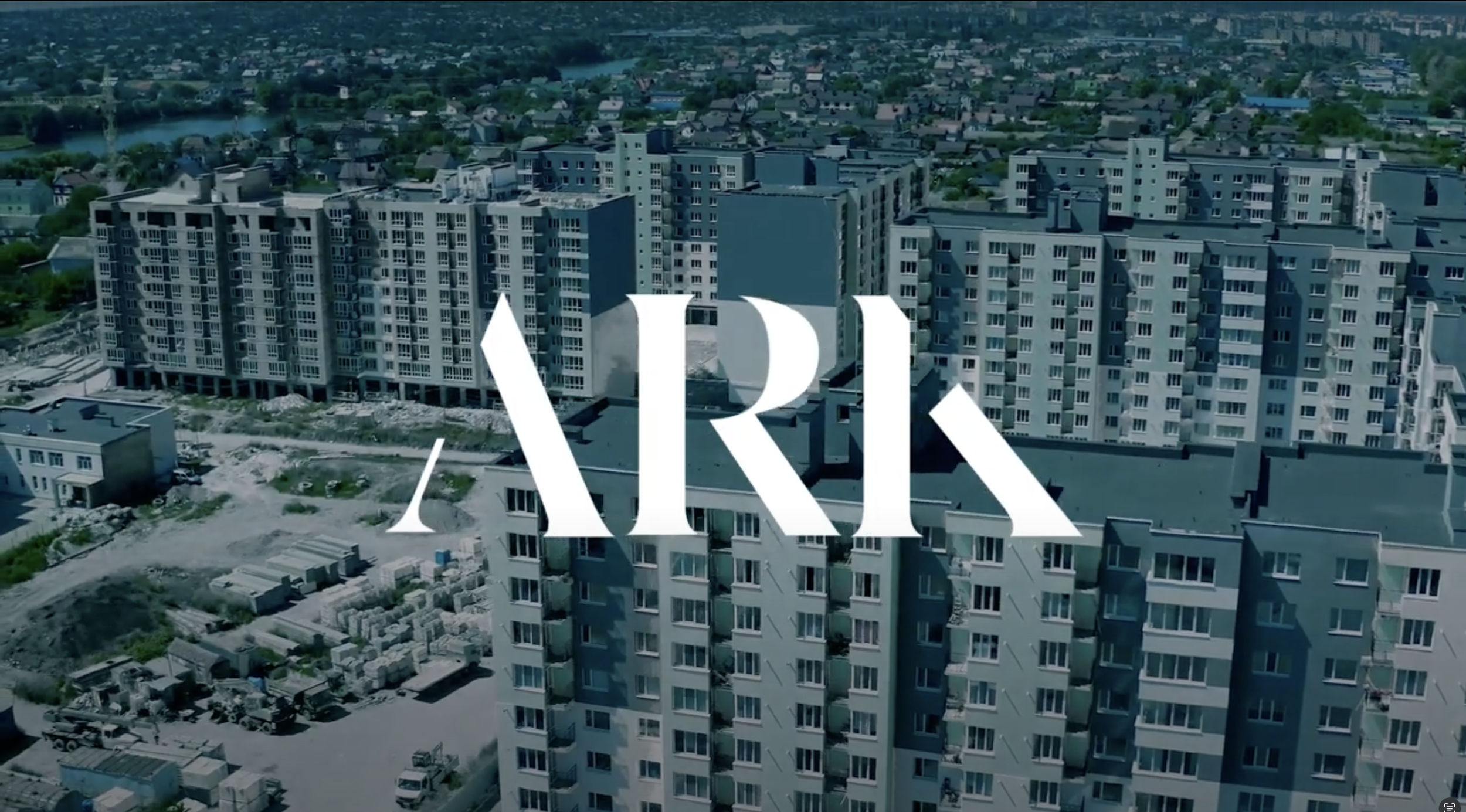 Image 1 of 7
Image 1 of 7

 Image 2 of 7
Image 2 of 7

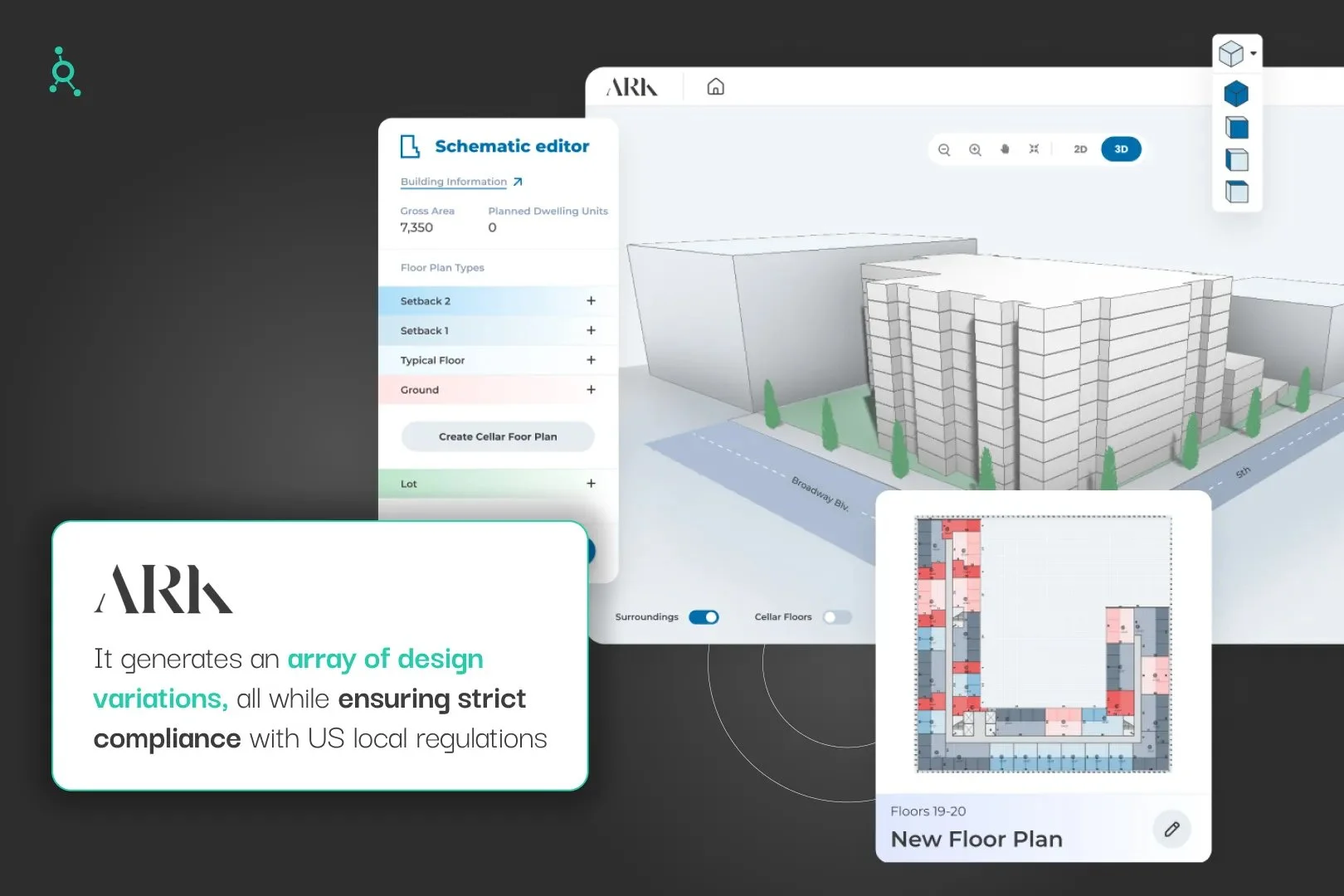 Image 3 of 7
Image 3 of 7

 Image 4 of 7
Image 4 of 7

 Image 5 of 7
Image 5 of 7

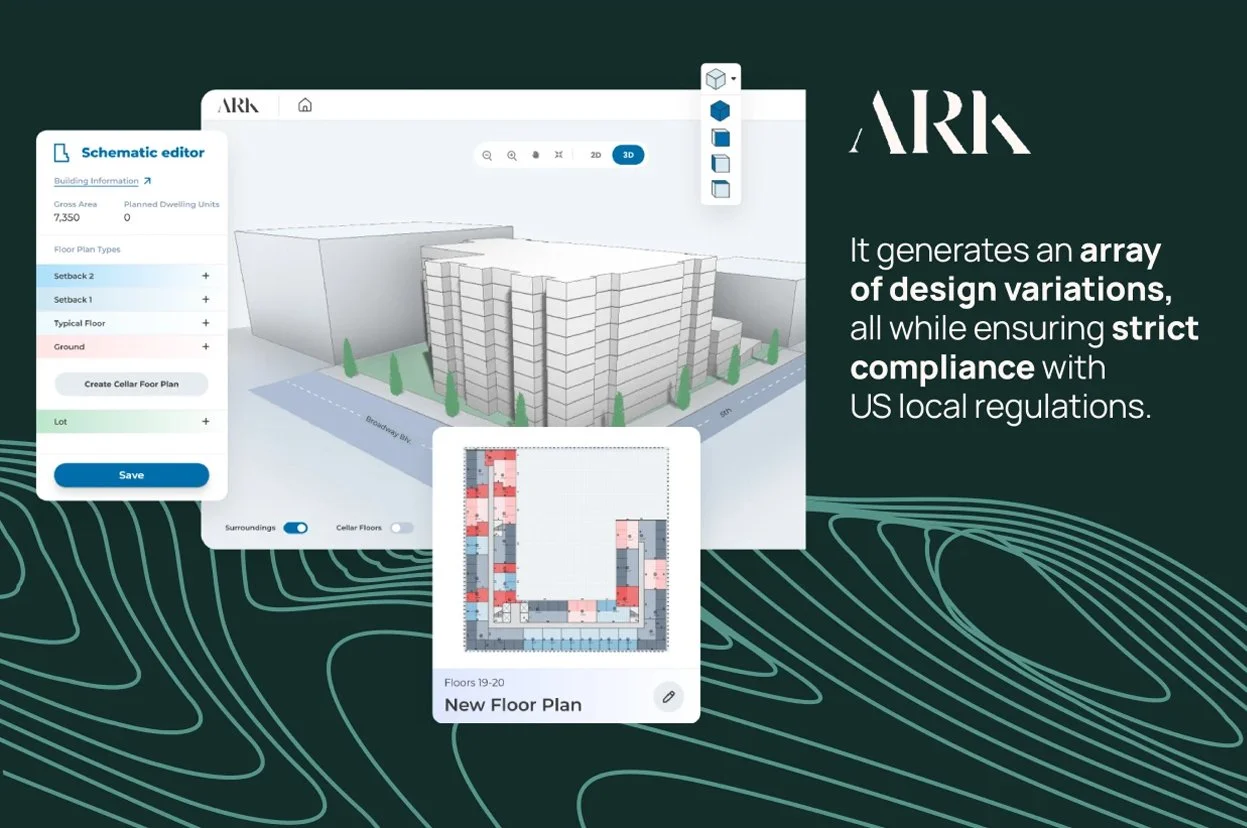 Image 6 of 7
Image 6 of 7

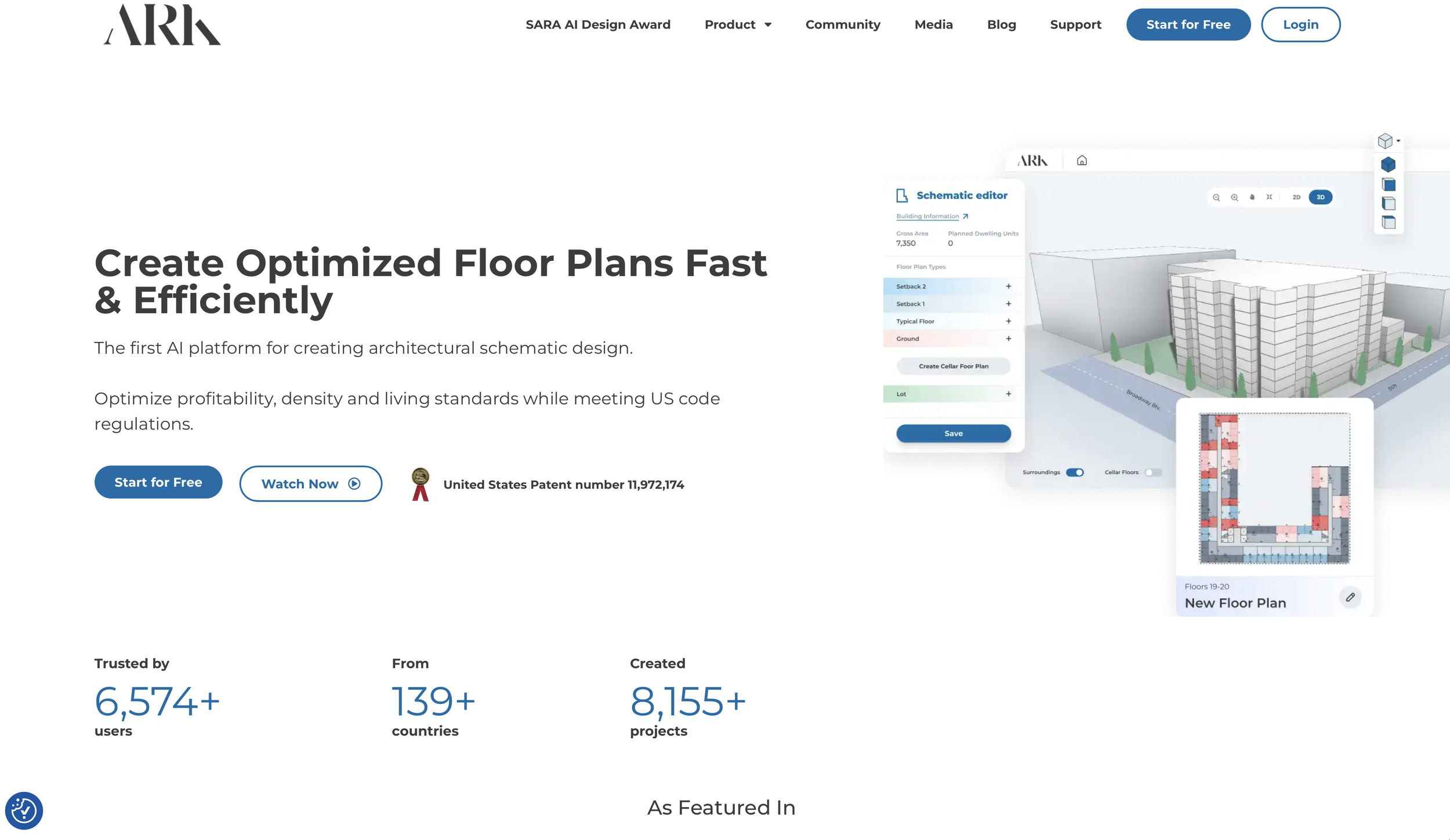 Image 7 of 7
Image 7 of 7








Ark can generate designs that harmonize with natural ecosystems
Ark, founded to revolutionise the architectural design process, is the first AI platform dedicated to creating optimised architectural schematic designs. The platform helps architects, real estate developers, and urban planners generate rapid design iterations, optimising for profitability, density, and living standards while adhering to US building codes. Ark's mission is to empower users to make better and faster decisions from concept to construction, enhancing overall project efficiency and profitability.
Location
Operations: Global reach with users in multiple countries
Strategic Reach: Focus on integrating with AEC professionals and technology partners worldwide
The Circular Vision
Design Principles: Promotes efficient use of resources by enabling rapid design iterations and reducing the need for physical models.
Resource Optimization: AI-driven tools optimise building configurations to maximise saleable area, number of units, and overall efficiency, minimising material usage and energy consumption.
Life Cycle Considerations: Facilitates early-stage design optimization, potentially reducing waste in later stages of development.
Leveraging for Good: Creators can use Ark to design buildings that maximise resource efficiency, reduce waste, and integrate sustainable practices from the outset.
Pioneering Solutions
Key Features: AI-powered schematic design generation, real-time feedback, compliance with local building codes, and optimization for profitability and density.
Unique Value Proposition: Ark significantly reduces design time, enabling users to produce feasibility studies and initial design options in under 30 minutes, enhancing decision-making and project outcomes.
The Regenerative Future
Ecosystem Support: Supports regenerative design by enabling the creation of efficient and sustainable structures that minimise resource use and environmental impact.
Future Development: Continuous R&D efforts focus on enhancing AI algorithms to further improve sustainability and efficiency in design and construction.
Creative Empowerment: Ark empowers designers and developers to create innovative, sustainable solutions that contribute to ecological health and resource renewal.
Ethical Considerations
Data Usage: Ensures data privacy and security, managing the complexity of AI-driven insights while protecting user information.
Bias Mitigation: Implements measures to prevent or address algorithmic bias, ensuring fair and accurate outcomes.
Transparency: Maintains a high level of transparency in AI decision-making processes.
Guardrails: Provides guardrails to prevent misuse of the software and ensure responsible use.
Challenges: Potential challenges include data integration issues and the need for continuous updates to AI models to keep up with evolving sustainability standards.
Fact Sheet
Availability: Available globally through Ark's subscription model.
RIBA Stages: Useful in RIBA stages 2-4 (Concept Design, Developed Design, Technical Design).
Circular Potential: 5/5.
Key Integrations: Compatible with various AEC platforms and BIM software.
Cost Structure: Subscription-based pricing model.
Carbon Impact: Efforts to minimise carbon footprint through efficient design and construction processes, reducing material waste and energy consumption.
Key Takeaway
Ark is pioneering the integration of AI in architectural schematic design, offering tools that significantly enhance design efficiency, reduce waste, and promote circular economy principles.
Explore Further
Ark, founded to revolutionise the architectural design process, is the first AI platform dedicated to creating optimised architectural schematic designs. The platform helps architects, real estate developers, and urban planners generate rapid design iterations, optimising for profitability, density, and living standards while adhering to US building codes. Ark's mission is to empower users to make better and faster decisions from concept to construction, enhancing overall project efficiency and profitability.
Location
Operations: Global reach with users in multiple countries
Strategic Reach: Focus on integrating with AEC professionals and technology partners worldwide
The Circular Vision
Design Principles: Promotes efficient use of resources by enabling rapid design iterations and reducing the need for physical models.
Resource Optimization: AI-driven tools optimise building configurations to maximise saleable area, number of units, and overall efficiency, minimising material usage and energy consumption.
Life Cycle Considerations: Facilitates early-stage design optimization, potentially reducing waste in later stages of development.
Leveraging for Good: Creators can use Ark to design buildings that maximise resource efficiency, reduce waste, and integrate sustainable practices from the outset.
Pioneering Solutions
Key Features: AI-powered schematic design generation, real-time feedback, compliance with local building codes, and optimization for profitability and density.
Unique Value Proposition: Ark significantly reduces design time, enabling users to produce feasibility studies and initial design options in under 30 minutes, enhancing decision-making and project outcomes.
The Regenerative Future
Ecosystem Support: Supports regenerative design by enabling the creation of efficient and sustainable structures that minimise resource use and environmental impact.
Future Development: Continuous R&D efforts focus on enhancing AI algorithms to further improve sustainability and efficiency in design and construction.
Creative Empowerment: Ark empowers designers and developers to create innovative, sustainable solutions that contribute to ecological health and resource renewal.
Ethical Considerations
Data Usage: Ensures data privacy and security, managing the complexity of AI-driven insights while protecting user information.
Bias Mitigation: Implements measures to prevent or address algorithmic bias, ensuring fair and accurate outcomes.
Transparency: Maintains a high level of transparency in AI decision-making processes.
Guardrails: Provides guardrails to prevent misuse of the software and ensure responsible use.
Challenges: Potential challenges include data integration issues and the need for continuous updates to AI models to keep up with evolving sustainability standards.
Fact Sheet
Availability: Available globally through Ark's subscription model.
RIBA Stages: Useful in RIBA stages 2-4 (Concept Design, Developed Design, Technical Design).
Circular Potential: 5/5.
Key Integrations: Compatible with various AEC platforms and BIM software.
Cost Structure: Subscription-based pricing model.
Carbon Impact: Efforts to minimise carbon footprint through efficient design and construction processes, reducing material waste and energy consumption.
Key Takeaway
Ark is pioneering the integration of AI in architectural schematic design, offering tools that significantly enhance design efficiency, reduce waste, and promote circular economy principles.
Explore Further


